Germany’s landscape is dotted with towns that seem frozen in time, where medieval street plans remain intact, half-timbered buildings stand in colorful rows, and ancient traditions continue in daily life. These historic settlements survived centuries of European turbulence—and, in some cases, the devastating bombing campaigns of World War II—to preserve architectural treasures and cultural heritage that connect modern visitors with Germany’s rich past. From northern coastal trading hubs to alpine villages in Bavaria, these towns offer immersive journeys through different chapters of German history.
Here is a list of 15 exceptional historic towns across Germany that showcase the country’s remarkable architectural and cultural heritage:
Rothenburg ob der Tauber
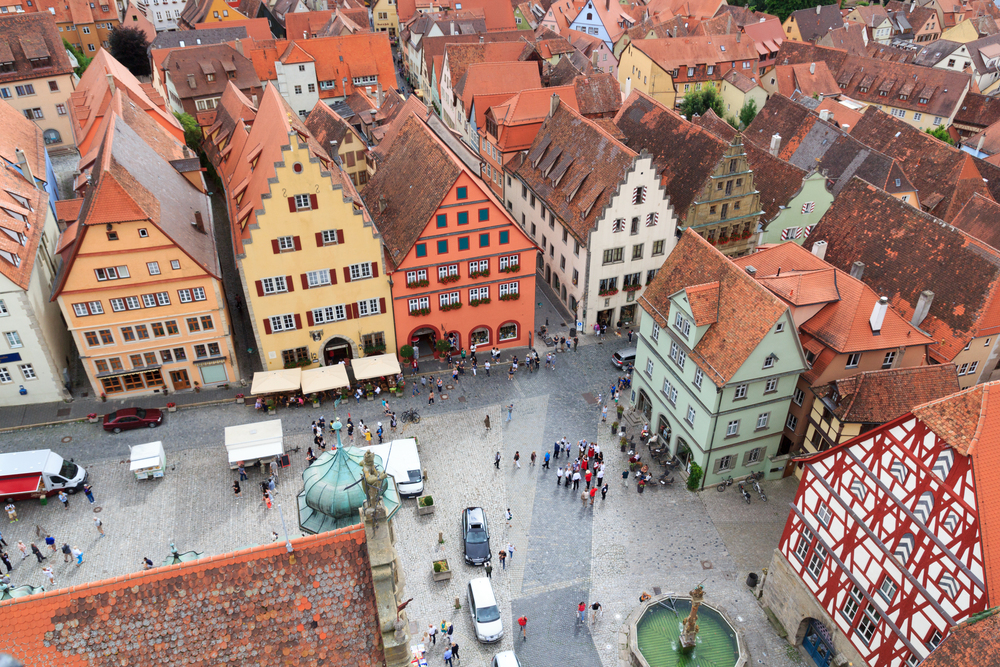
This walled medieval town in Bavaria represents the quintessential German fairy tale setting, with its complete 14th-century fortifications encircling a perfectly preserved old town. The town’s name—”Red Fortress above the Tauber”—references its strategic position overlooking the Tauber River valley, though its military significance has long since given way to tourism.
Narrow cobblestone lanes wind between colorful half-timbered buildings, opening occasionally into small squares dominated by wells or monuments. The town survived the Thirty Years’ War only through the legendary “Master Draught” incident, when the mayor supposedly saved the town by drinking over three liters of wine in one gulp, impressing the attacking general enough to spare the community from destruction.
Quedlinburg

This UNESCO World Heritage site in the Harz Mountains features over 1,300 half-timbered houses spanning six centuries of architectural evolution. The town grew around its hilltop abbey, founded in 936 by King Heinrich I and later ruled by abbesses who answered directly to the Holy Roman Emperor, making it one of medieval Europe’s few territories governed by women. Narrow cobblestone streets wind uphill toward the imposing Romanesque church and castle complex, passing buildings whose wooden beams create elaborate geometric patterns that identify the period and wealth of their original builders.
The town miraculously escaped damage during World War II, preserving an authentic medieval urban landscape that attracts woodworking experts and architectural historians alongside typical tourists.
Like Travel Pug’s content? Follow us on MSN.
Bamberg

Built across seven hills like Rome, this Bavarian town survived World War II virtually intact, preserving a remarkable medieval and baroque cityscape now protected as a UNESCO site. The 13th-century cathedral contains the famous Bamberg Rider statue—one of the most important equestrian sculptures of the Middle Ages—alongside the elaborately carved tomb of Emperor Heinrich II and Empress Kunigunde.
The town’s most distinctive feature might be the Old Town Hall, built on an artificial island in the middle of the Regnitz River, reportedly because the bishop refused to grant land for its construction. Bamberg’s historic smokehouses still produce the town’s signature Rauchbier (smoked beer), made with malt dried over beechwood fires to create a distinctive bacon-like flavor that has divided beer enthusiasts for centuries.
Lübeck

This Baltic port city served as the capital of the Hanseatic League—the powerful medieval trading alliance that dominated northern European commerce for centuries. The old town occupies an oval island surrounded by the Trave River, entered through the iconic Holstentor gate, whose twin towers appear on German souvenir items nationwide.
The city’s wealth from salt trading and maritime commerce funded the construction of seven massive brick Gothic churches whose spires still dominate the skyline, along with merchants’ houses featuring distinctive stepped gables. Allied bombing in 1942 destroyed significant portions of the historic center, but careful reconstruction preserved the medieval street pattern and many original structures, allowing visitors to experience the atmosphere of this once-mighty trading power.
Görlitz
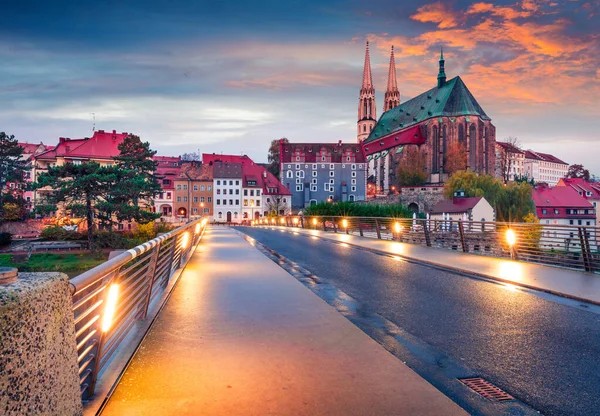
Germany’s easternmost town sits directly on the Polish border, with the Neisse River dividing what was historically a single community (the Polish side is now called Zgorzelec). The town escaped World War II destruction almost entirely, preserving architecture spanning 500 years from Gothic through Renaissance, Baroque, and Art Nouveau periods.
This architectural completeness has made Görlitz a favorite filming location for Hollywood productions, including “The Grand Budapest Hotel” and “Inglourious Basterds.” The town’s standout feature might be its collection of merchant halls with ornate entranceways leading to interior courtyards connected by passages, creating a unique urban landscape that reflects centuries as a trading crossroads between Central and Eastern European cultures.
Like Travel Pug’s content? Follow us on MSN.
Trier
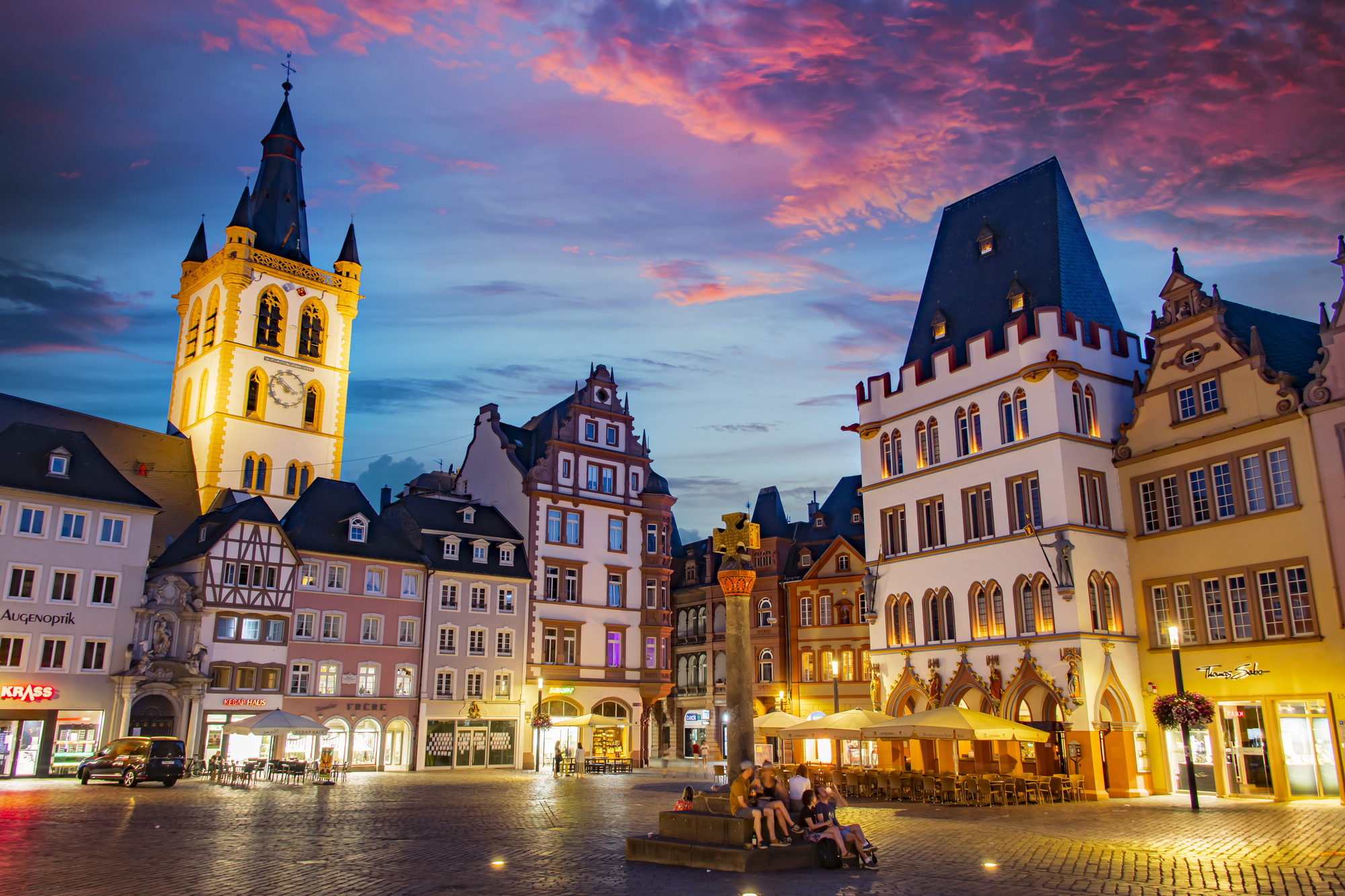
Germany’s oldest city traces its origins to Roman times when it served as an imperial capital called Augusta Treverorum. The city preserves Germany’s most significant Roman remains, including the massive Porta Nigra gate, imperial baths, and a 20,000-seat amphitheater.
The 4th-century Constantine Basilica—now a Protestant church—remains the largest single-room Roman structure still standing anywhere, its brick walls soaring 100 feet high. Medieval buildings later filled in around these ancient monuments, creating a uniquely layered historic landscape that spans nearly two millennia of continuous habitation. The city’s location in the Moselle wine region adds culinary appeal to its historical significance, with Roman-era wine cellars still in use beneath some of the city’s oldest establishments.
Regensburg
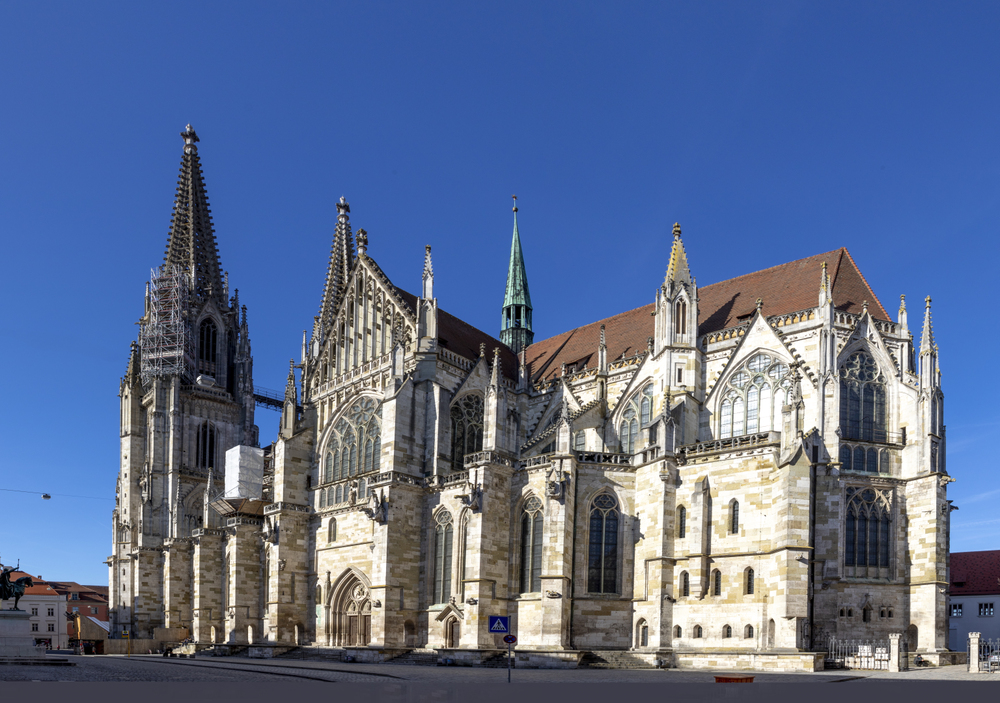
This Bavarian town’s remarkably well-preserved medieval center grew wealthy through centuries of controlling trade along the Danube River. The 12th-century Stone Bridge—Germany’s oldest preserved bridge—connected major trade routes and made Regensburg a crucial commercial hub during the Middle Ages. The town escaped serious bombing during World War II, preserving northern Europe’s largest collection of 13th and 14th-century patrician houses, with their distinctive tower-like structures reflecting the Italian influence on wealthy German merchants who built them.
The town’s narrow lanes and hidden courtyards open suddenly into magnificent squares dominated by the Gothic cathedral, with its spectacular stained glass dating primarily from the 14th century. The Historische Wurstküche beside the Danube has served sausages to bridge workers, sailors, and travelers continuously since 1146.
Wismar

This northern coastal town preserves the distinctive Backsteingotik (brick Gothic) architectural style that dominated the Hanseatic trading cities when local builders adapted Gothic principles to regions lacking natural building stone. The massive red-brick churches, with their elaborate façades and soaring interiors, demonstrate medieval engineering prowess using only fired clay as the primary building material.
The harbor maintains its medieval layout, with water access directly to storage buildings that once housed goods from throughout the Baltic region. Swedish rule from 1648 to 1803 left distinctive administrative buildings around the central market square while carefully documented historic reconstructions replaced structures damaged during World War II using traditional brick-making techniques to maintain architectural authenticity.
Like Travel Pug’s content? Follow us on MSN.
Heidelberg
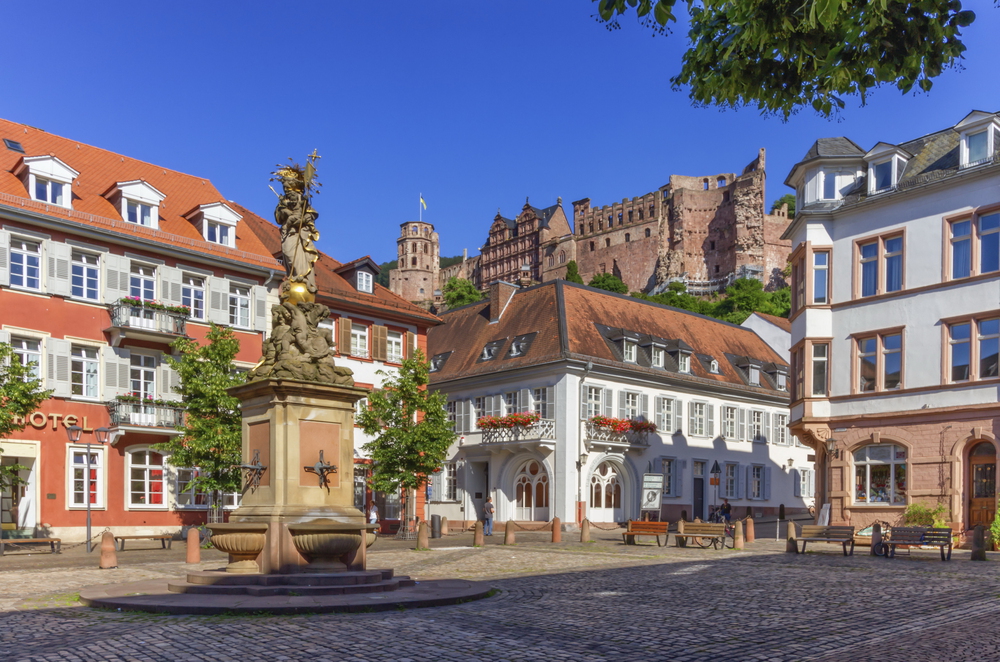
This university town nestled in the Neckar River valley gained romantic fame through poems, songs, and paintings celebrating its partially ruined castle perched dramatically above red-roofed medieval and Baroque buildings. The town escaped Allied bombing during World War II due to its minimal strategic importance, preserving an old town dominated by Germany’s oldest university, founded in 1386.
The medieval stone bridge with its striking gate tower provides classic views of the castle ruins, which contain the world’s largest wine barrel—a 58,000-gallon wooden cask built in 1751 that required constant refilling to prevent leaks. The university’s historic Student Prison—used until 1914—preserves generations of elaborate graffiti created by students who considered imprisonment for minor offenses a rite of passage.
Meissen
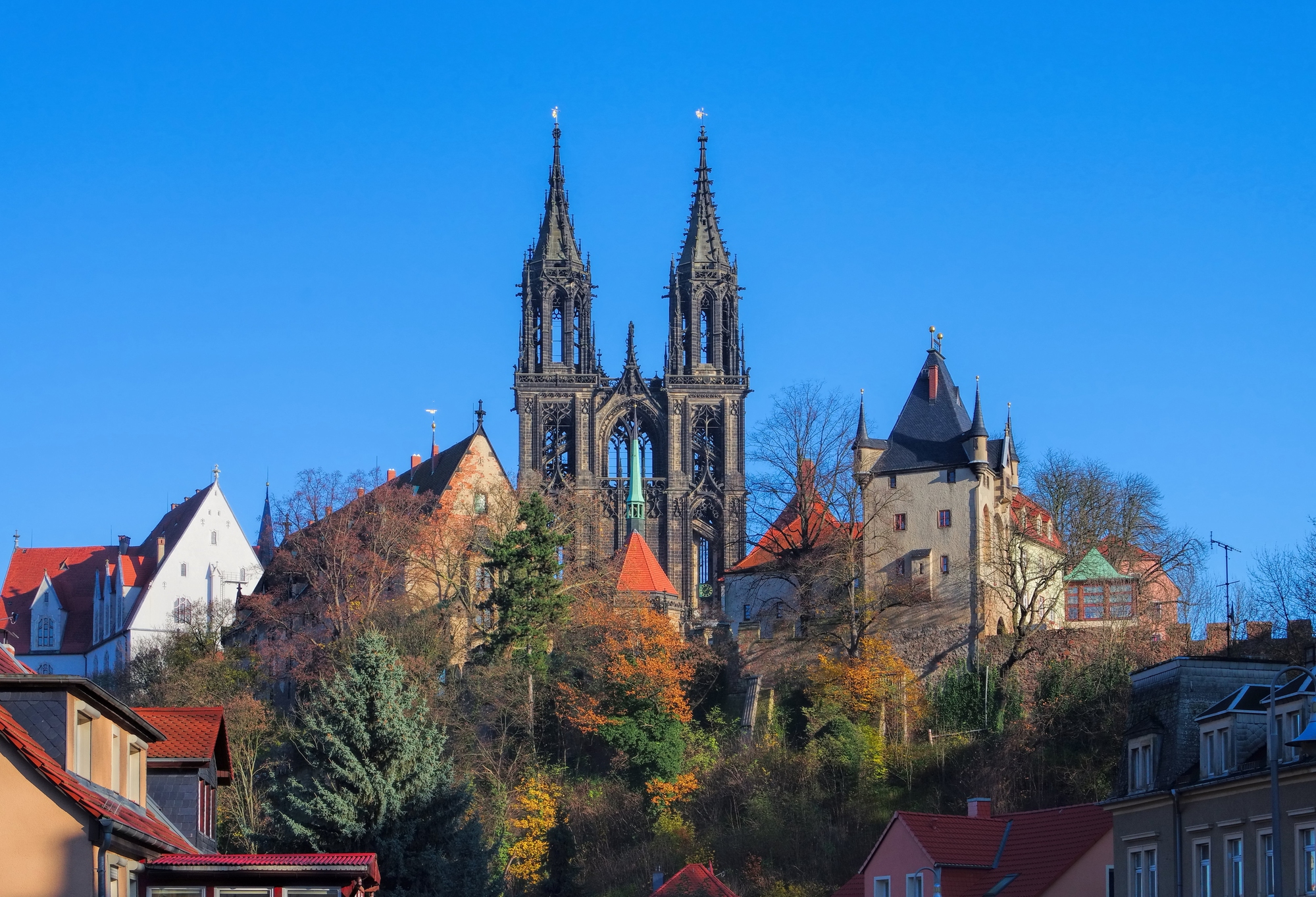
This Saxon town perched above the Elbe River gained international fame from its porcelain manufactory, established in 1710 as Europe’s first facility capable of producing true hard-paste porcelain after finally uncovering the closely guarded Chinese production secrets. The town’s historic center climbs steeply from the river toward the imposing castle-cathedral complex, with narrow streets connecting half-timbered and Renaissance buildings that survived both the Seven Years’ War and World War II with minimal damage.
The late Gothic Albrechtsburg castle represents Germany’s first purpose-built royal palace not designed primarily as a defensive structure, its elegant windows and sophisticated vaulting demonstrating the transition from medieval fortress to Renaissance residence during the late 15th century.
Monschau
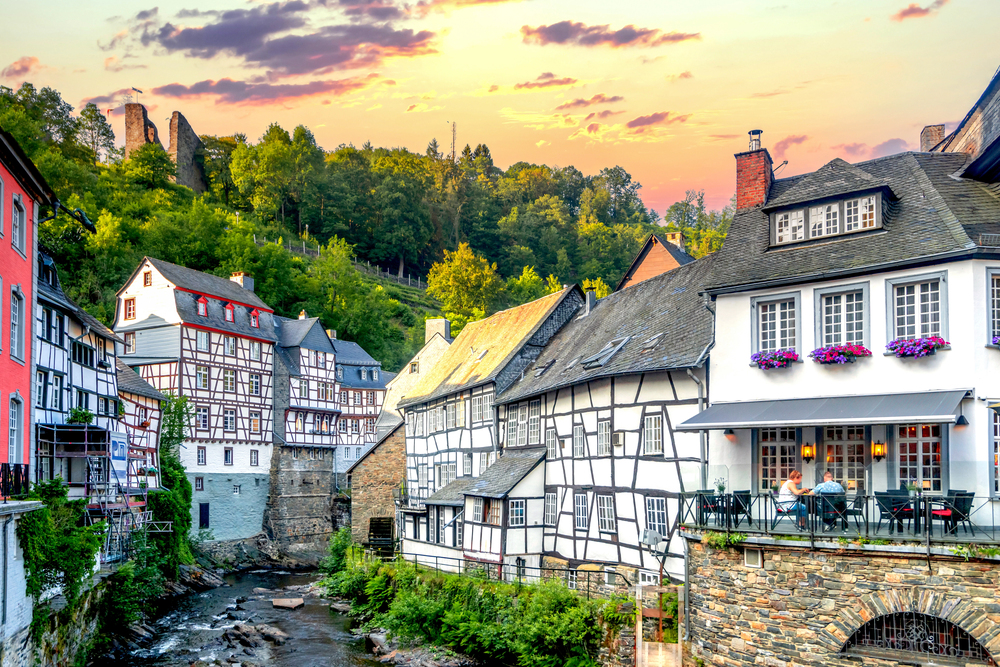
This remarkably preserved small town in the Eifel Mountains near the Belgian border centers around the narrow Rur River, with half-timbered houses built impossibly close to the water and connected by tiny footbridges. The town’s economic peak came during the 18th century through its cloth-making industry, which funded the construction of the impressive Rotes Haus (Red House)—a textile merchant’s home featuring an extraordinary carved wooden staircase rising through four stories of the building.
The town’s remote location and minimal strategic importance helped it escape destruction during both World Wars, preserving not just buildings but entire streetscapes that remain almost exactly as they appeared centuries ago. Many historic buildings now house craft workshops and small museums explaining traditional industries that once thrived in this valley.
Like Travel Pug’s content? Follow us on MSN.
Dinkelsbühl
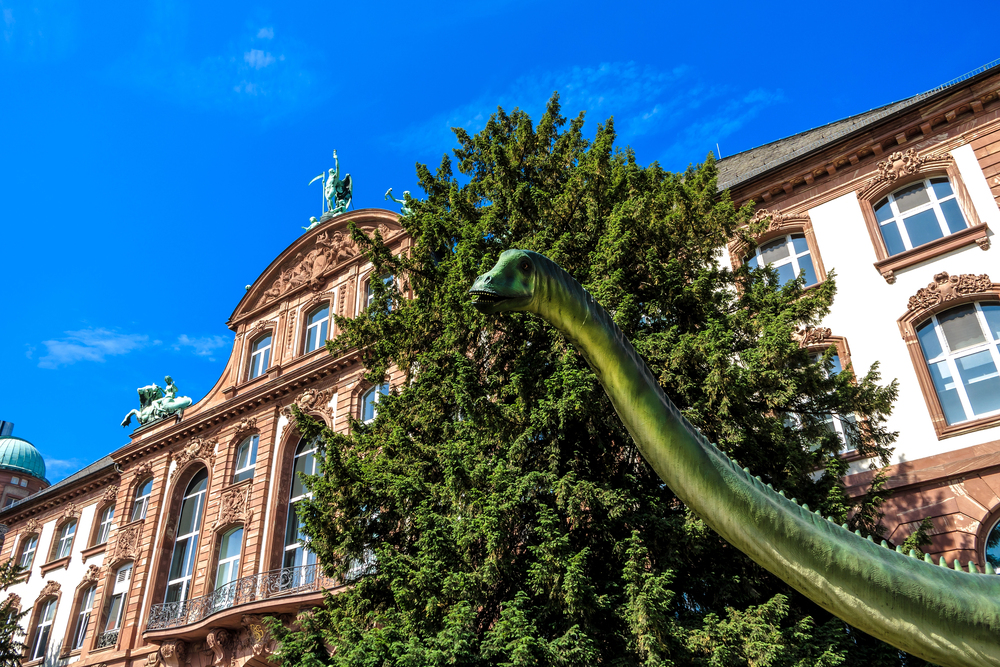
This Franconian town along the Romantic Road remained within its complete medieval walls and moat, creating a perfectly preserved example of a late-medieval imperial free city. The town escaped damage in the Thirty Years’ War through diplomatic negotiations rather than fighting, and then again avoided destruction in World War II when the local military commander surrendered the town against orders rather than defend it against destruction.
This remarkable series of historical strokes of fortune preserved the town’s distinctive Gabled House architecture, especially evident around the Weinmarkt (Wine Market) square, where buildings feature elaborately decorated Renaissance façades rising above medieval structures. The town celebrates its 1632 salvation from Swedish troops each summer with the Kinderzeche festival, where children play central roles in reenacting the historic event.
Celle
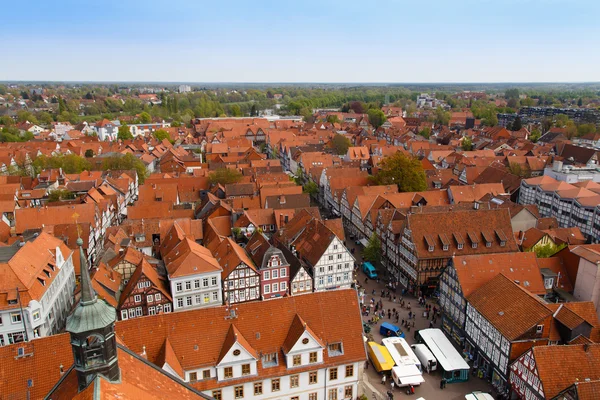
This Lower Saxon town contains over 400 half-timbered buildings surrounding its ducal palace, many featuring elaborately carved wooden façades with scenes from mythology, Bible stories, or satirical images commenting on town events. The Hoppener Haus represents the pinnacle of North German timber architecture, its 1532 façade incorporating carved wooden panels that illustrate fables and moral lessons for passersby.
Unlike many German towns that rebuilt historic districts after World War II, Celle’s old town survived Allied bombing almost entirely intact despite the town’s military significance. The ducal palace contains the oldest continuously operated Baroque theater in Germany; its original mechanical stage equipment from 1675 is still sometimes used during special performances that demonstrate 17th-century theatrical innovations.
Stralsund

This Baltic port town preserves the distinctive step-gabled architecture that characterized wealthy Hanseatic trading cities, with six massive brick churches dominating a skyline visible for miles across the water. The town occupies an island location connected to the mainland by bridges, and its medieval street pattern is organized around three massive market squares that showcase different architectural periods.
The city’s unique feature might be the Ozeaneum—a modern aquarium architecturally integrated into the historic harbor front that focuses on Baltic and North Sea marine environments. UNESCO recognized Stralsund alongside nearby Wismar for its role in the Hanseatic League and as the center for the development of the distinctive brick Gothic architectural style that spread throughout Northern Europe.
Like Travel Pug’s content? Follow us on MSN.
Freiburg im Breisgau
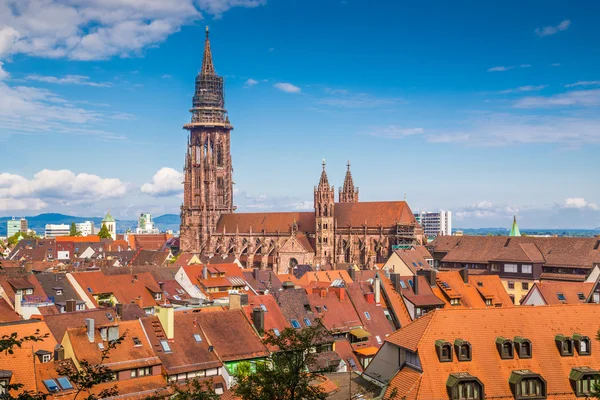
This university town in the Black Forest features one of Germany’s most beautiful Gothic cathedrals rising above a well-preserved old town known for its distinctive Bächle—narrow water channels running alongside streets that originally provided water for fighting fires and livestock. Local superstition holds that anyone who accidentally steps into a Bächle will eventually marry a person from Freiburg. The town pioneered early environmental consciousness, rebuilding after heavy World War II damage with an emphasis on pedestrian-friendly planning and solar energy.
The historic Schwabentor (Swabian Gate) contains a curious painted scene showing a merchant returning home with what he believes is a bag of gold but is actually full of sand—a cautionary tale about greed that reflects medieval moral lessons integrated into public architecture.
Stones That Tell Stories
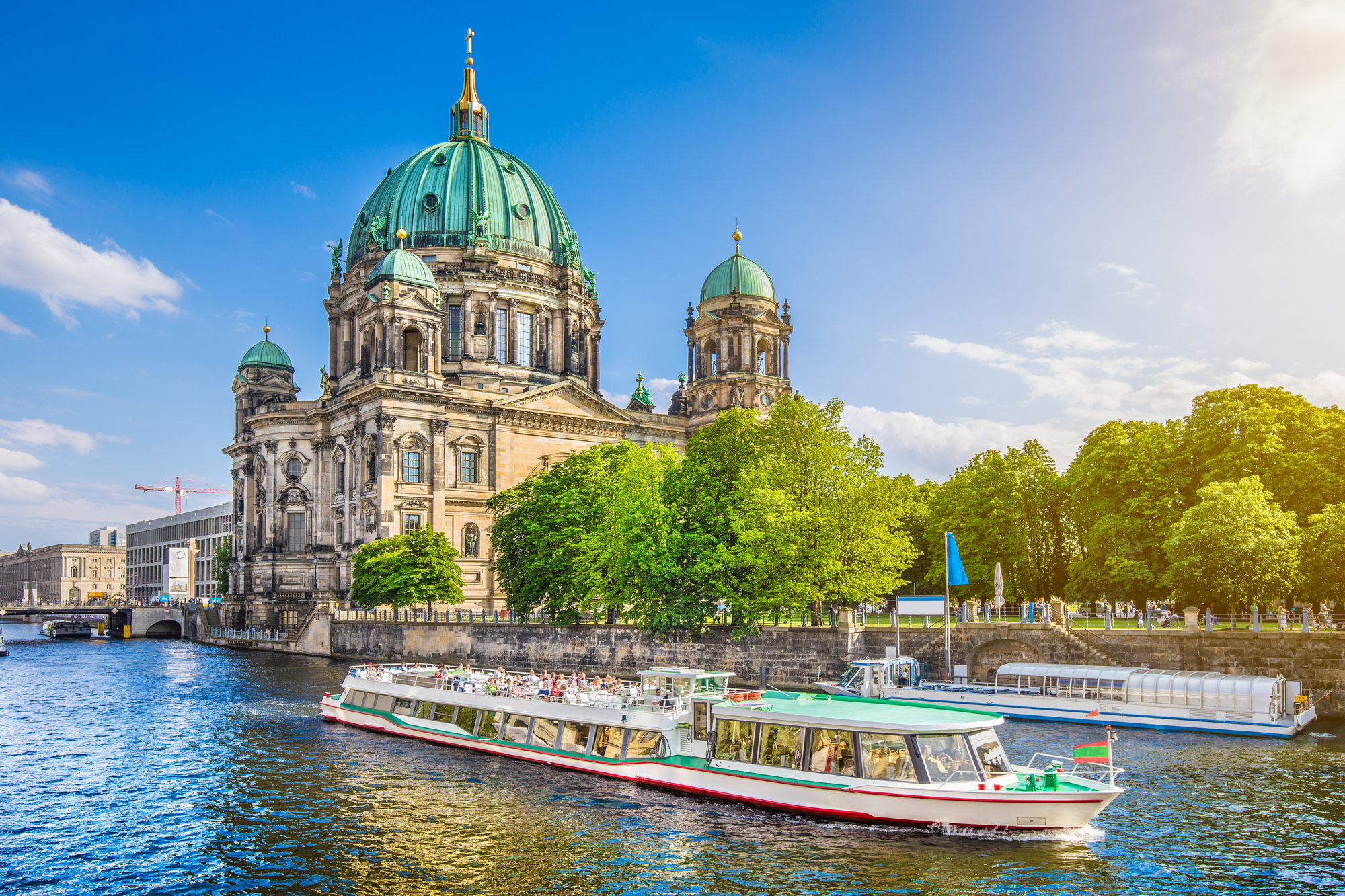
These historic towns preserve not just individual buildings but entire urban landscapes that evolved organically over centuries, creating spaces that feel intimately human in scale despite their historical grandeur. Walking their narrow streets connects visitors with generations who shaped these communities through periods of plague, war, religious transformation, and economic upheaval.
Beyond architectural beauty, these towns maintain living traditions through festivals, crafts, and culinary heritage that transform stone monuments into vibrant cultural experiences. Whether reflected in the waters of the Baltic Sea, nestled in mountain valleys, or standing proud on medieval trade routes, these historic towns embody Germany’s remarkably preserved connection to its complex past.
More from Travel Pug

- Cities Growing so Fast You Won’t Recognize Them in 10 Years
- 13 Destinations Where Tourists Regularly Regret Their Trip
- 16 U.S. Cities That Are Quietly Becoming Travel Hotspots
- Where to Travel If You Love Long Bus Rides and Daydreams
- 20 Cities Perfect for Solo Travelers Who Crave Adventure & Culture
Like Travel Pug’s content? Follow us on MSN.
